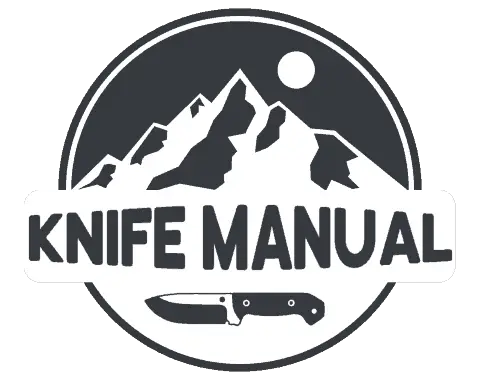The other day I was using a pocket knife to open a package that just came in the mail and I began to wonder why my knife had more than one blade. After some thought and research, here is what I’ve found out about why some pocket knives have more than one blade.
So why do some pocket knives have multiple blades? The reason that some pocket knives have multiple different blades is to provide more versatility and convenience because each blade can be a different style and therefore complete a different type of task. Multiple blades on a pocket knife also give you the option to sharpen each blade differently so that they can complete a wider range of jobs.
Many people choose pocket knives that have multiple blades but they end up only using one of the blades on a regular basis. However, the multiple knife blades that some pocket knives have are not just to add extra weight to the knife and to waste materials.
They are intended to make tasks easier by giving you a wider range of blade options and allowing you to customize some blades to a specific purpose.
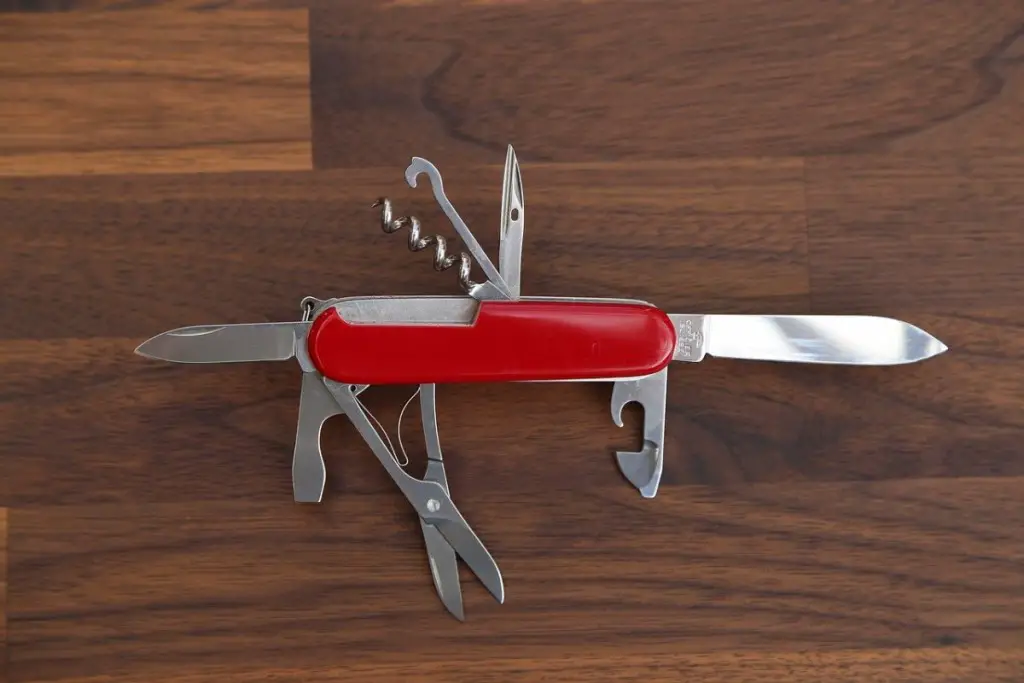
Table of Contents
What are the Different Blades on a Pocket Knife Used For?
Many multi-bladed pocket knives have only two blades, but there are many models out there that have three and even four blades. These blades are often different lengths and styles so that they can be more specialized and complete certain tasks more effectively.
The different combinations of blade types found in a pocket knife are almost countless, so it is important to think about what you will be using your pocket knife for before you choose what blade types you want on your knife.
There are many different types of knife blades that are often found on pocket knives that have more than one blade. Below I will go over the most common pocket knife blade types and their intended uses.
There are many more blade styles for pocket knives in general, however, this list is focused on blades that would be found on a pocket knife with more than one blade. By no means is this an extensive list, but it will hopefully open your eyes to the possibilities and options.
| Pen Blade | Sheepsfoot Blade | Drop Point Blade | Spey Blade | Straight Black Blade | |
| EDC | Yes | Yes | Yes | Maybe | Yes |
| Hunting | No | No | Yes | Yes | Yes |
| Woodwork | Maybe | Yes | Yes | No | Yes |
| Survival | No | No | Yes | No | Yes |
| Other Notes | Really good at delicate work | Dull tip so its good for small spaces | Very versatile | Good for skinning animals | Very versatile |
Pen Blade
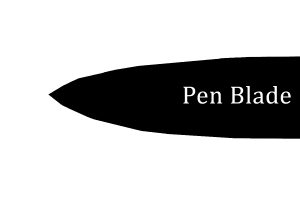
Originally used for sharpening and repairing writing quill tips, the pen blade style is still very common in pocket knives with multiple blades. The sharp edge and the dull spine of the blade often slop at the same degree and give the pen style blade a spear-like look.
Often quite small in size, the pen blade is really good for small, delicate work. However, it is also quite versatile and can be used for a lot of everyday activities. The pen blade style can go from sharpening a wooden pencil to cutting open mail and packages with ease and is just an all-around useful blade type for small tasks.
Sheepsfoot Blade
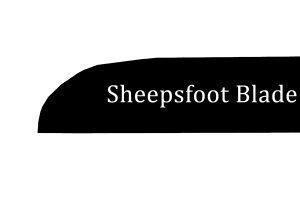
The sheepsfoot blade style was originally used to trim the hooves of sheep but is very popular today as an everyday use blade, a blade for woodwork and whittling, as well as a popular blade for emergency responders.
The cutting edge of the sheepsfoot blade is completely flat and the spine of the blade comes down to meet the flat edge; creating a rounded off blade tip.
The design of the sheepsfoot blade makes it ideal for beginners and tasks that require you to work in small spaces because the tip of the blade is dull and makes it harder to hurt yourself and others around you.
This blade style is ideal for whittling, everyday tasks, working in small spaces, and using it around people because of the dull edge.
Drop Point Blade
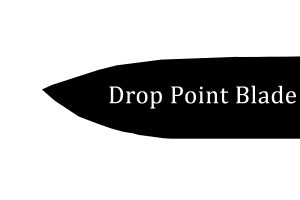
One of the best multi-purpose blades, the drop point blade style is a great option for anyone who is just using their knife for every day carry and whatever life throws at them.
The spine of the blade is pretty flat until it slopes slightly down to meet the cutting edge near the tip of the blade. However, unlike the pen blade style, the drop point blade has more of a curve on the cutting edge so it doesn’t look as much like a spear tip.
Usually one of the larger blades on a multi-bladed pocket knife, the drop point blade is really good for carving, skinning, every day carry, and just general use.
Spey Blade
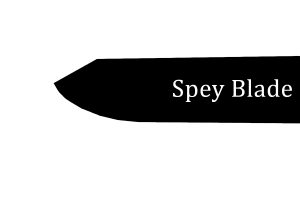
Originally used to spay livestock, the spey style knife blade is very popular among hunters, trappers, and outdoorsmen. Spey style blades can be either short or long and are rather skinny before coming to a rather dull point.
The spine of the spey style blade abruptly comes down to meet the cutting edge that also slightly curves up to meet it. This rather dull point allows this style of blade to be used to skin an animal with minimal chance of the blade tip catching on an organ or cutting something that was unintended.
Spey style blades are mainly good for skinning animals but can be used to complete other tasks.
Straight Back Blade
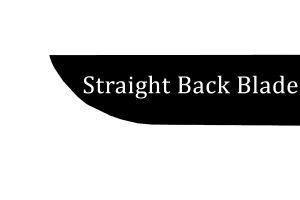
Often called a “normal” knife blade shape, the straight back blade is one of the most versatile and strongest blade styles on this list.
The spine of a straight black blade is completely flat and the cutting edge curves up to meet it towards the end of the blade. The completely flat spine of the blade allows you to add extra pressure with your thumb for more control and force.
The straight black blade is very good at almost every single everyday task that you will come across that involves a knife. It is really good at whittling, skinning, chopping, slicing, cutting, and every day carry.
Custom Sharpening Pocket Knife with Multiple Blades
While each type of blade is designed to complete and be good at certain tasks, pocket knives with multiple different blades open up the possibility of custom sharpening the blades so that they are really good at completing even more specific jobs.
The reason that pocket knives with more than one blade are better for custom sharpening than ones with a single blade is that the multiple blades allow you to always leave a blade with a convex grind for general use and carving.
For example, if you had a pocket knife with a sheepsfoot blade, a straight back blade, and a drop point blade, you could customize the sheepsfoot and straight back blades and still have the drop point for general use.
You could put a chisel grind on the straight back blade so that you could scrape hides or chisel wood, and you could put a serrated edge on the sheepsfoot blade so that you could saw through a thin piece of wood, rope, or other material.
In the above example, you would have turned a pocket knife that had two multi-purpose blades (the straight back and drop point blades) and a blade that was good at woodworking and general use (the sheepsfoot blade) into a pocket knife that can saw, scrape, and cut.
Disadvantages of a Pocket Knife with Multiple Blades
While a pocket knife that can have many specialized blades and can be modified to your needs sounds really great, there is a downside to a pocket knife with multiple blades.
There is one main downside to pocket knives with more than one blade: a lack of strength.
This is something that you will need to consider when deciding whether to use a multi-bladed pocket knife or not. Pocket knives with multiple blades are typically weaker and less durable than ones with a single blade.
However, you are getting double (or triple/quadruple) the number of blades than you would get on a single blade pocket knife when you get one with multiple blades. So it’s really a trade-off, but it is one that is often worth it if you aren’t using your pocket knife for life-saving purposes or really extensively.
